Contemporary Art of Bangladesh
Synopsis
Contemporary Art of Bangladesh', the idea for which emerged from a series of exhibitions organized by our culture centre, is a modest effort to capture the richness and diversity of art and culture in Bangladesh. The publication documents the works of 64 contemporary artists, arranged entirely in order of seniority, representing different styles and trends....
A series of exhibitions that attempts to highlight different trends of contemporary painting is a difficult proposition indeed. For one thing, the selection needs to be broad based to include major painters who had a hand in shaping our modern art movement, as well as artists who have made significant contributions in defining the different trends and styles of Bangladesh art down to our own time. Besides, the word 'trend' is a fairly loaded one, as it variously means 'a line of general direction or movement', 'a prevailing tendency or inclination', or 'a current style or preference'. If one starts to look for trends in Bangladesh Art, (s)he might run into a range of styles and inclinations that have evolved rather unevenly over time. Some of these styles certainly overlap each other's territory, while some others appear to be local versions of leading European trends....
Thus the extended exhibition, instead of clustering important dates/events in a chronological fashion, concentrated on individual artists and showed how their different styles have collectively defined the terrain of Bangladesh Art. In the process, the focus fell on leading trends -- from academic realism to urban Folkism -- and the changing and mutating nature of these trends as they undergo both conceptual and stylistic adjustments over time....
The art of the fifties and sixties searched for a wider space and a more meaningful involvement with ideas that had begun to dominate artistic and aesthetic thinking not only in the west, but also in the neighbouring counties. The artists felt that they needed to enlarge their space without falling under the authority of a particular style or technique. What it meant was that they had to be experimental and innovative....
The art of the seventies developed in different directions. There was thus a wider variety in terms of form and content, and in terms of the media used. Sculpture, particularly cement and metal casting and wood carving, was taken up with a new zeal. Traditional materials, such a terracotta, were 'rediscovered'. Graphic art found an avid following because of the challenges it gave to the artists, and its easy replicability and cheaper price, allowing ordinary middle class art lovers to possess a work of art. In terms of styles, the emergence of figurative art was a welcome relief from the obsessive preoccupation with abstract formalism of the sixties. Abstraction, or non-figurative style in general, remained an important style to pursue, but other, mostly European trends such as surrealism, semi-cubist experimentations and new interpretations of long discarded realism also became (or remained, depending on their period of emergence) popular with the young artists....
The back to back exhibitions that formed part III and IV of the trends series put together a number of artists from the eighties to the present. There are one or two artists who began in the seventies such as Farida Zaman, and their work should be studied in the context of the leading styles, energies and aspirations of the time. But temperamentally, and even intellectually, their work links up with artists of the eighties....
The nineties continued with the experimentations and diversity of media used so characteristically displayed by the artists of the eighties. In a sense, the newer artists are proving to be more cosmopolitan than their predecessors, since they are not afraid to take up the newest style practiced in the west, or in China, Japan or India....
Read more
A series of exhibitions that attempts to highlight different trends of contemporary painting is a difficult proposition indeed. For one thing, the selection needs to be broad based to include major painters who had a hand in shaping our modern art movement, as well as artists who have made significant contributions in defining the different trends and styles of Bangladesh art down to our own time. Besides, the word 'trend' is a fairly loaded one, as it variously means 'a line of general direction or movement', 'a prevailing tendency or inclination', or 'a current style or preference'. If one starts to look for trends in Bangladesh Art, (s)he might run into a range of styles and inclinations that have evolved rather unevenly over time. Some of these styles certainly overlap each other's territory, while some others appear to be local versions of leading European trends....
Thus the extended exhibition, instead of clustering important dates/events in a chronological fashion, concentrated on individual artists and showed how their different styles have collectively defined the terrain of Bangladesh Art. In the process, the focus fell on leading trends -- from academic realism to urban Folkism -- and the changing and mutating nature of these trends as they undergo both conceptual and stylistic adjustments over time....
The art of the fifties and sixties searched for a wider space and a more meaningful involvement with ideas that had begun to dominate artistic and aesthetic thinking not only in the west, but also in the neighbouring counties. The artists felt that they needed to enlarge their space without falling under the authority of a particular style or technique. What it meant was that they had to be experimental and innovative....
The art of the seventies developed in different directions. There was thus a wider variety in terms of form and content, and in terms of the media used. Sculpture, particularly cement and metal casting and wood carving, was taken up with a new zeal. Traditional materials, such a terracotta, were 'rediscovered'. Graphic art found an avid following because of the challenges it gave to the artists, and its easy replicability and cheaper price, allowing ordinary middle class art lovers to possess a work of art. In terms of styles, the emergence of figurative art was a welcome relief from the obsessive preoccupation with abstract formalism of the sixties. Abstraction, or non-figurative style in general, remained an important style to pursue, but other, mostly European trends such as surrealism, semi-cubist experimentations and new interpretations of long discarded realism also became (or remained, depending on their period of emergence) popular with the young artists....
The back to back exhibitions that formed part III and IV of the trends series put together a number of artists from the eighties to the present. There are one or two artists who began in the seventies such as Farida Zaman, and their work should be studied in the context of the leading styles, energies and aspirations of the time. But temperamentally, and even intellectually, their work links up with artists of the eighties....
The nineties continued with the experimentations and diversity of media used so characteristically displayed by the artists of the eighties. In a sense, the newer artists are proving to be more cosmopolitan than their predecessors, since they are not afraid to take up the newest style practiced in the west, or in China, Japan or India....
108.00
97.2
$
120.00 $
Free delivery Wolrdwidе in 10-18 days
Ships in 5-7 days from New Delhi
Membership for 1 Year $35.00
Get it now and save 10%
Get it now and save 10%
BECOME A MEMBER
Books by the same author

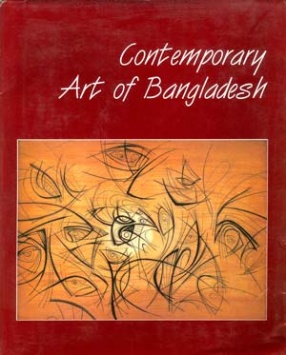
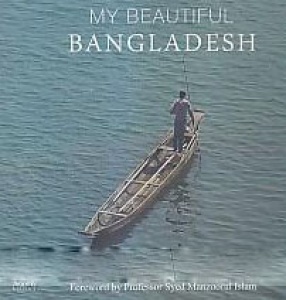
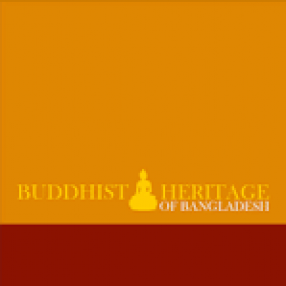
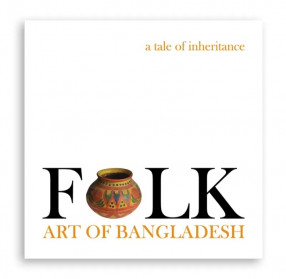
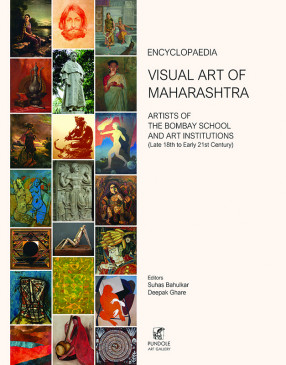
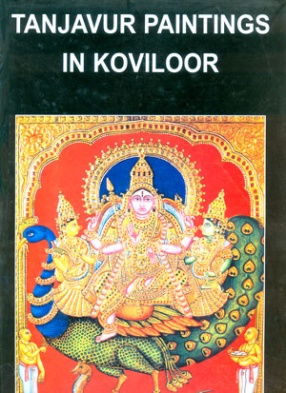
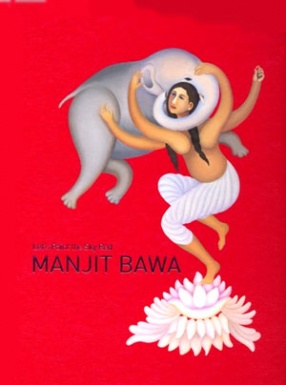
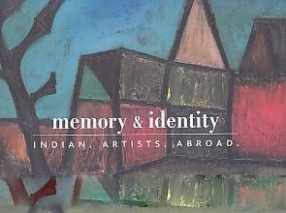

Bibliographic information
Tags